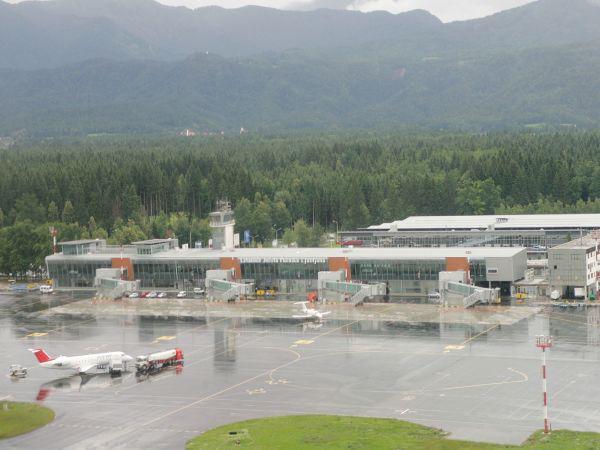
On the early morning hours of September 1, 1966, Britannia Airways Flight 105 from London Luton was approaching Ljubljana Airport. On board the Bristol Britannia propliner were 110 primarily British passengers, most of them looking forward to their vacation in Yugoslavia. Seven crew members were also on board the plane.
As the airplane was making its final descent, it clipped trees about a mile short of the runway and broke apart in horrific crash. Many residents of nearby villages, already fast asleep, were awakened by the sound of the accident. Some even walked to the crash scene, where they encountered rescue crews who had already rushed to the downed plane to help the wounded. Because of the darkness, the conditions were very difficult; eyewitnesses recalled that the forest was littered with suitcases and other debris. Twenty people were transported to the hospital, but 97 died of their injuries.
As investigators made it to the scene, it soon became apparent that that there was nothing wrong with the aircraft at the time of the crash. Both of its engines were running and the pilots had reported no problems. In fact, the crew was on the right track for final approach – just far too close to the treetops beneath.
The aircraft was not equipped with a flight data recorder - better known as a “black box” -, because such devices were not mandatory at the time. Investigators did, however, notice something unusual when the altimeters were recovered from the wreckage.
Amazingly, the air pressure settings, which are need for the altimeters to display the correct altitude, were in the wrong position. For some unknown reason, the pilots had failed to switch to the correct setting before landing. As a result, the altimeters displayed the wrong height, leading the crew to believe that they were considerably higher during the approach than they actually were.
An optical illusion may have also played a role in the crash. The plane was approaching the runway from the east. The runway, however, was built on a gentle slope that rises towards the west. If the pilots were relying on visual cues, they could have misjudged the angle of their approach. Combined with the false altitude readings and the dark skies, the illusion would have prevented the crew from realizing that their aircraft was rapidly descending into a forest. If the pilots ever realized their mistake, it was too late to save the aircraft.
Today, the residents of Lahovče, a nearby village, can point visitors to the site of the crash that shattered the nighttime silence almost half a century ago, but no memorial marks the spot. The crash, however, did leave an important legacy. Investigators formally recommended that all passenger aircraft – including propeller-driven models – carry flight-data and voice recorders. Today, in part because of the crash of Flight 105, such equipment is standard aboard all commercial aircraft. Other safety recommendations resulting from the crash included the requirement that pilots always double-check their altitude settings with air traffic controllers. Purely visual approaches at night were also prohibited.
The crash in Britannia Airways Flight 105 was by far the worst aviation accident ever to happen on Slovenian soil. However, the lessons learned in the wake of the tragedy that claimed 97 lives have helped make flying safer for millions of people who have taken to the skies in the decades since the tragedy.


































































